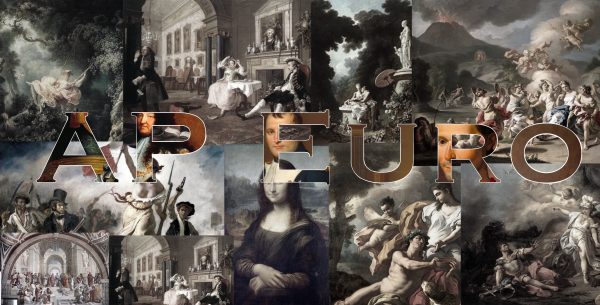Hasty Conclusions Sign of Times
February 1, 2019
The internet exploded when a group of Kentucky’s Covington Catholic High School students in “Make America Great Again” hats were filmed surrounding a group of Native American demonstrators in Washington, D.C. on January 18. Originally posted online, the confrontation appeared to be just another example of the disrespect Native Americans receive and the white privilege prevalent in our society.
Rather than focusing on who was right or wrong, I think that it’s important to realize what the incident really shows us: that social media has the power to provoke tension, that people are wildly quick to form their opinions, and that even if other information comes to disprove our original thoughts, we remain relentless in our beliefs.
“The Covington Catholic fight is American politics in microcosm,” reads the tagline of a Vox article, referencing the controversy surrounding the video.
Some people saw the video and their eyes went straight to the bright red MAGA hats worn by the smirking teenagers. They, in turn, immediately decided that the boys were disrespectful, white supremacists. These people, mostly progressives and left-wing supporters, were quick to judge the encounter and condemn the teenagers for being rude and blatantly racist.
Others watched the video, which depicts a white male teenager and a Native American man seemingly confronting each other, and instantly determined that the “Fake News” media was unfairly treating the teen. MAGA supporters saw no problem with their behavior, instead defending the teens for asserting their 1st Amendment rights and saying that the media has unfairly treated a group of adolescents who were actually protecting themselves from another group, the Black Israelites, who also were filmed shouting disparaging comments at both the high school students and the Native American group.
Both sides stubbornly clung to their assessment based on what they saw in the video.
The stark contrast in our beliefs exemplifies, in my opinion, what is wrong with the political and societal state of our country. Even after new information regarding the Black Israelite group emerged, most refused to reevaluate their views.
This has become a common pattern, too. Immigration. Abortion. Healthcare. Taxes. Border security. It’s why we are fresh off of the longest government shutdown in American history, clocking in at a lengthy and destructive 35 days.
It’s this unwillingness to compromise that I believe is detrimental.
I recently read former First Lady Michelle Obama’s memoir, Becoming. In it, she explains the pressure that she and her family experienced in order to be a moral example for the American people, for youth in particular, because of how well-known they were.
Children and youth are most vulnerable to methods of persuasion. With national media outlets quickly picking sides and prominent leaders doing the same– and then refusing to budge on their beliefs– powerful behavior modeling is being presented to susceptible adolescents, especially those on social media: it’s okay to judge quickly, often without seeing the whole story, and then never waver in those ideas.
Another problem that became evident from the confrontation was the power of social media. The Twitter account originally used to post the videos, @2020fight, was suspended, according to The Washington Post, for “deliberate attempts to manipulate the public conversation on Twitter by using misleading account information.” The user claimed to be a teacher from California, yet was actually a blogger from Brazil.
What this means is that the user– whoever it is– may have deliberately released the video without any frame of reference in order to provoke emotional reactions.
“The larger story here is really about the evidence that people have been marshaling to describe the interaction and how everyone who is called to comment on this video sees something different,” said Joan Donovan, the director of the Technology and Social Change Research Project at Harvard’s Shorenstein Center, to The Washington Post.
People were too fast to make assumptions and establish opinions, and this truly illustrates the mob mentality rampant on social media.
I am in no way defending the actions of the teenagers, or either side, for that matter, but if there’s anything that we can learn from the incident, it’s that there is a difference between being engaged and being well-informed.




